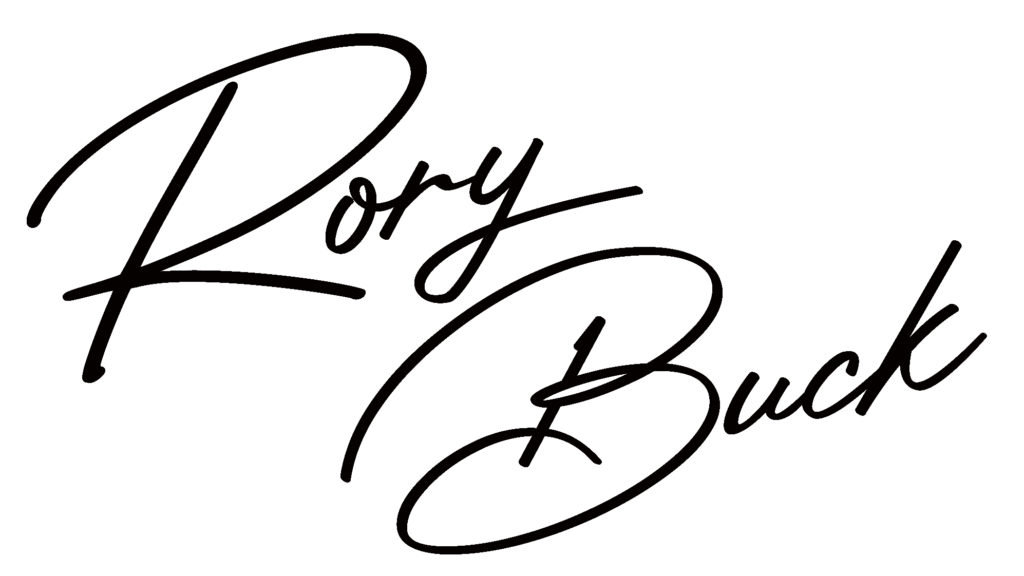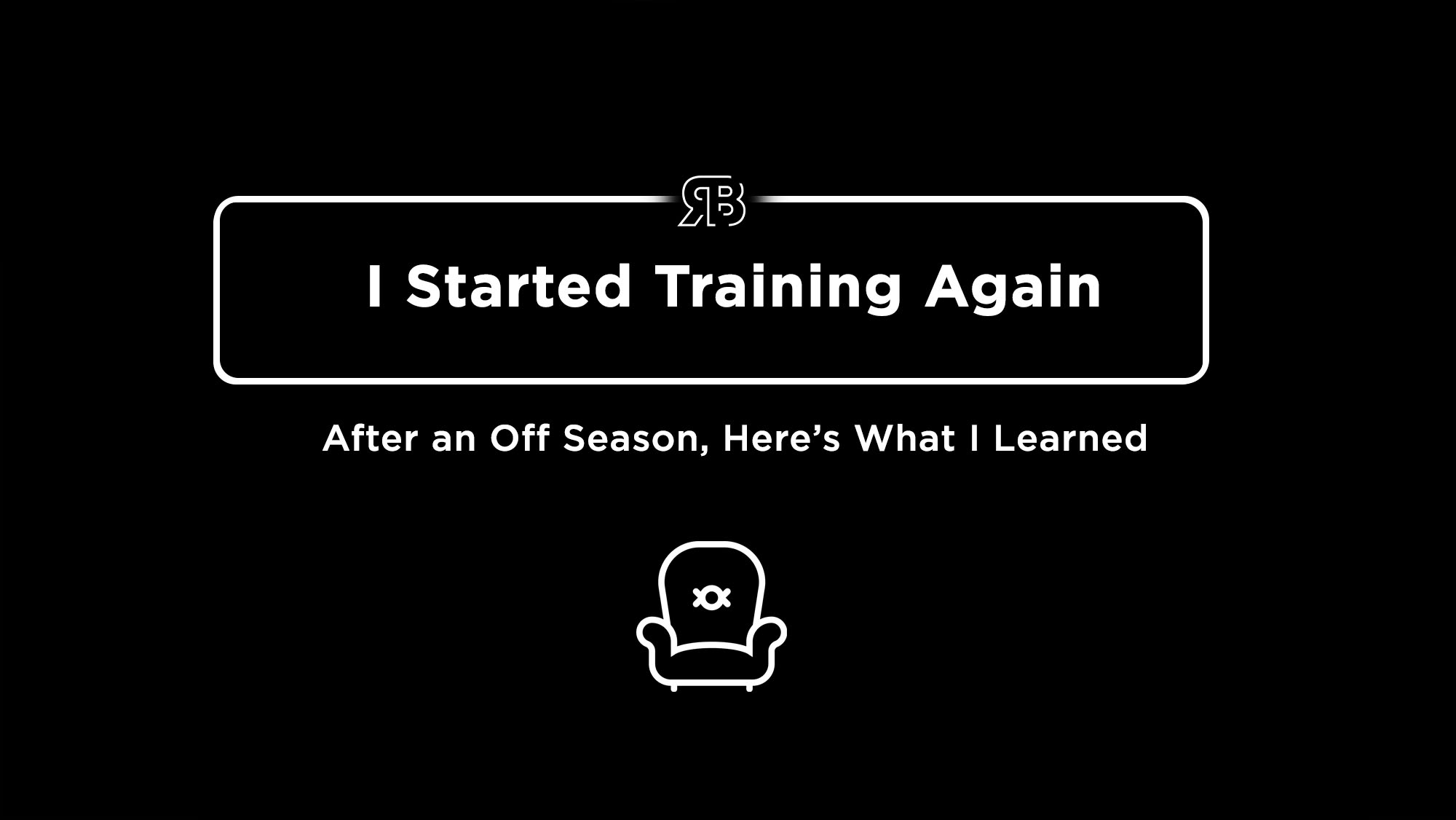I Started Training Again After an Off Season, Here’s What I Learned
Have you ever taken a break from training or gone on a holiday from work & the day to day grind only to find that starting back up again is a really big challenge?
Maybe the break was strategic like the off season, perhaps it was forced on you by way of injury or illness.
Or maybe it was something completely out of your control. Like a big work project that required all of your time, energy and attention. Or a family situation that required your full attention and resulted in you stepping away from training?
Whatever the cause of your break, coming back into routine can be a challenge for a lot of people, me included.
In this post I want to talk through some of the struggles I’ve navigated through over the first 3 weeks of this year. I’ve just returned back to to full time structured training after my offseason. While also getting back into work and coaching. Here’s how I’ve navigated it.
It’s a simple equation laid out in the book “Peak Performance” by Brad Stulberg & Steve Magness in 2017. But it’s a formula that’s been understood and used by elite coaches and high athletes for many years.
Rest is critical to success, both in the short term and the long.
For many reading this, the hard part of that equation is not the “Stress” or work. It’s getting enough rest that challenges us.
It takes courage to rest when you know how to work.
And for a few years I’ve lacked that courage.
Have I taken a break from training in the last couple of years? Yes?
Were all those breaks forced on me due to health reasons? Also, Yes.
That’s what happens. The result of too much work and not enough rest results in illness, injury and burnout.
Learning from my mistakes, I enjoyed a proper off season after 70.3 Tiberias. Without being forced into one. I gave my body and mind the opportunity to rest, recoup and prepare for what I wanted to do in 2023.
I knew how valuable it would be. But it still took a lot of courage.
Because I hate losing fitness.
Equally, I don’t enjoy rebuilding momentum or routines after the time off.
“An object at rest remains at rest, and an object in motion remains in motion”
Newton’s first law of motion helps me understand my distaste for an extended rest.
When I’m in flow, things flow. I typically don’t have to think about what I’m doing or why. Hard stuff becomes easy; because doing hard things is simply part of my day, part of what I do, part of who I am.
When I rest, that flow stops. I stop. The busyness stops. The hard work stops. And all that is necessary, for a period of time.
But, when time is up and I begin to move again, things are definitely harder. The effortless flow isn’t there like it was before the break, when I had momentum.
Learning to rest is critical to my long term success as an athlete. It’s critical to anything that you want longevity & success in.
But as I learn to rest, I have to learn to rebuild.
Rebuilding is a necessary and complementary skill to resting.
The more strategic rest periods I build in, the more often I’ll have to build momentum again after I rest.
The better I get at building momentum, the less I will fear resting. And the more comfortable I will be leaning into strategic breaks from work & training.
The skills of rest and momentum complement each other.
Over the last three weeks, as I have built back into training and work, I’ve focused on 6 key elements to help me gain momentum successfully.
Here’s what I’ve done:
To get moving, you have to take the first step. You can think, plan and promise all you want. But to gain any momentum, you have to begin where you are and take the first step.
It feels obvious to write that. But if you’re honest, you’ll recognize how much of a struggle it can be.
Plan things out, but plan in small increments. I started by laying out the first few days. Then the rest of the week. Then the following week. Then the 3rd week.
Each day built on the day before. Kind of like I was climbing up a flight of stairs. The goal wasn’t to get to the top step on day one. The goal was to get up one step on day one, and build from there.
You’re not starting up again from the same place you left off.
Your ego may not like that. But facts are facts.
To successfully build momentum, you’re going to have to be measured and disciplined at the re-start.
The goal is to incrementally build momentum. Not attempt to go from Zero to One Hundred in the space of a couple days or weeks. If you force your output too early, you will be taking another break very soon. And it’ll be forced by way of illness or injury.
This has become somewhat cliche in coaching circles. But as we build momentum, it’s served me very well.
Success lies in the doing of the work, not the “quality” of the work. As you restart, trying to hit specific paces or targets isn’t the measure of how well you’re doing. The job lies in the completion of the session, not executing the numbers perfectly.
Your speed doesn’t matter right now. It soon will. But today, forward is forward!
I’ve had to acknowledge that getting going again is going to be a little more challenging. I’ve had to accept that, and then commit to work through it.
Setting “Implementation Intentions” has helped me here. I’ve laid out exactly when, where and with whom I’m going to do my sessions, or get my work done in a day. Then I commit to showing up and taking the first step.
At the same time, I’ve had to be flexible with those plans.
Because I’ve fallen out of routine and structure, so too have some of my processes and pieces of equipment.
My plan to swim at 9.30am is foiled because I realized that after not swimming for 6 weeks, my swim bag isn’t in my car. Where it usually stays. When I’m in routine.
My plan to ride at 4pm comes undone because my rear derailleur has obviously been bumped out of alignment. And the sound my bike is making as I pedal is unbearable.
These hiccups are normal as we start again. Take them in your stride. Solve the problem as best you can. Adjust what you need to. Make sure the next time, you’re all sorted.
This one is new to me, but it’s played an amazing part of the rebuild.
For years I’ve done all of my training alone. In the last 3 weeks, I have trained with friends regularly and I’ve absolutely loved it.
Knowing you’re going to be able to share a joke, have a meaningful conversation or just be held accountable for showing up adds a different dimension of value to a session.
The time will come when specific sessions need to be executed in a very specific way. And that will require solo work.
But early on, when the job lies in the completion of the session rather than the execution, the people have made a big difference.
Momentum is built incrementally. Mine is still building.
Using these six ideas over the last three weeks, I am on track to finish my best week I’ve had in a long time.
➼ I’ve put together a week of very solid training.
➼ I’ve recorded a video for the first time in a year.
➼ I’ve had dinner with friends and have been on a date with my wife.
➼ My inbox is close to being empty (Sort of).
Things are starting to click again.
My hope is you’ll find value in these ideas like I have. And if you’ve just taken a break, planned or otherwise, I hope you use them to build momentum of your own.
~ Rory

